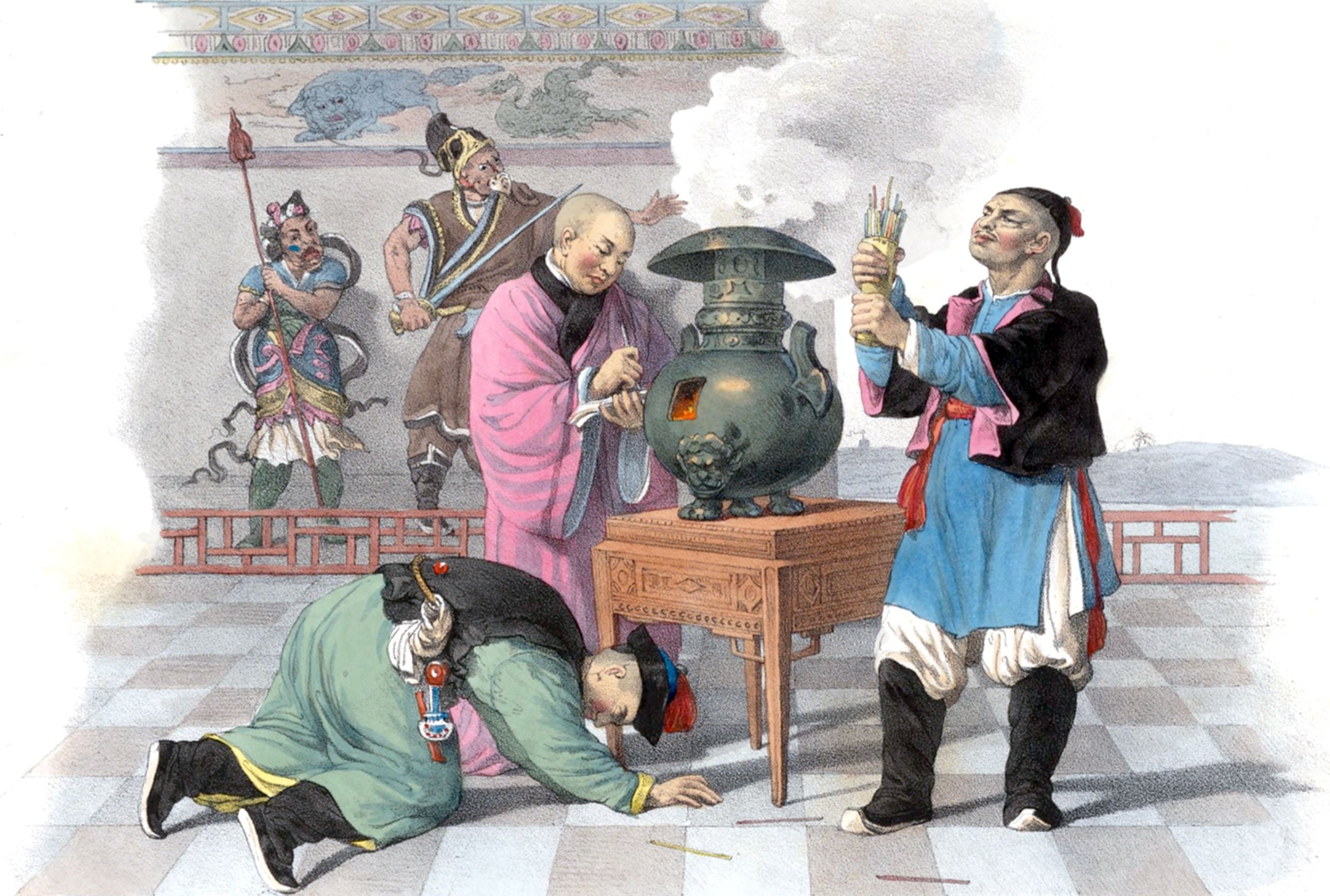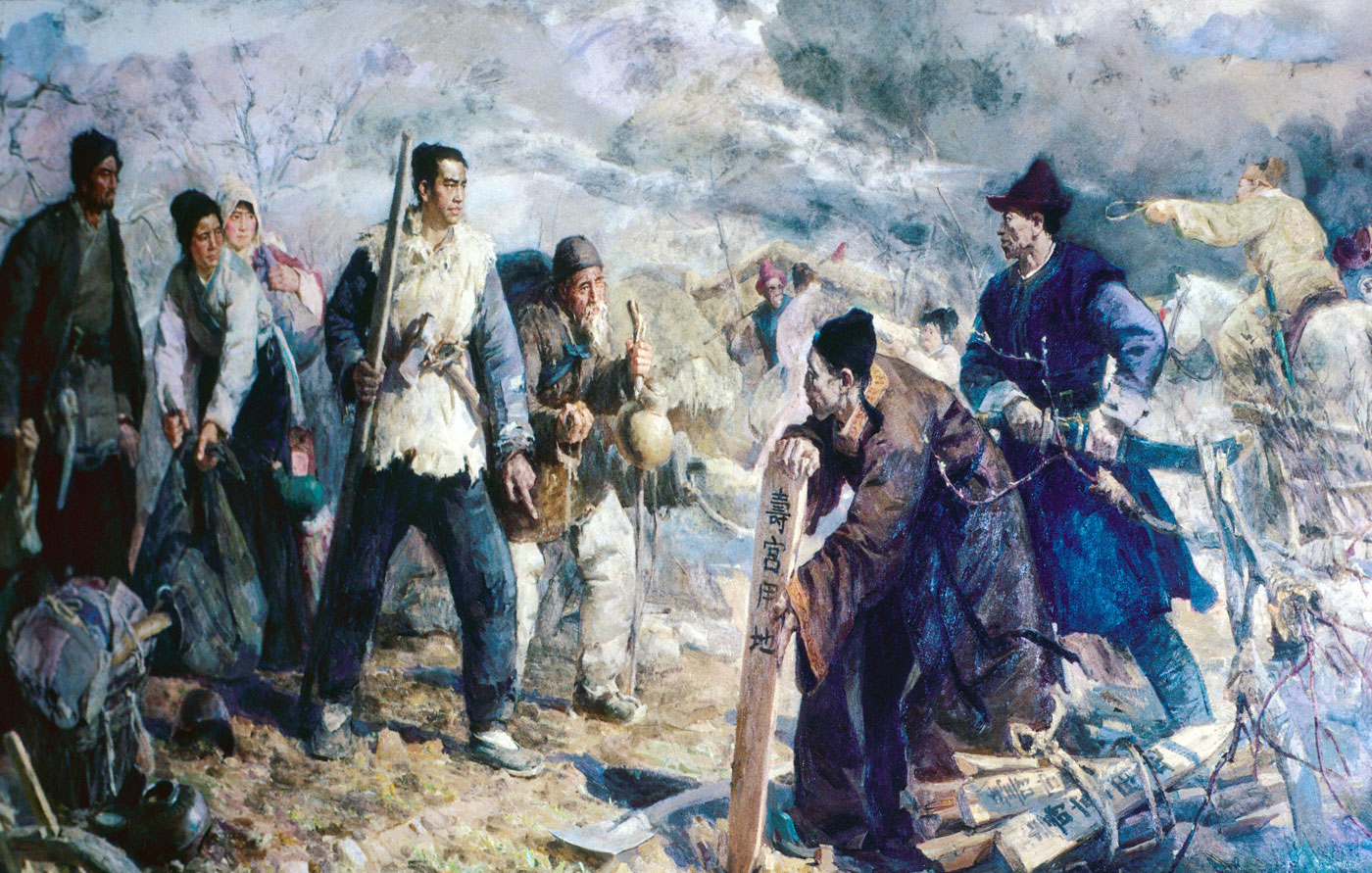
An Lushan Rebellion
When he was a young man An Lushan learned 6 non-Chinese languages. His aptitude for languages soon earned him a job as an interpreter for the Chinese Tang military. Then in 732 AD, An became friends with General Zhang Shougui. After some time the two became very close and General Zhang began treating the portly An as his son. Four years later, An was serving under Zhang in the Pinglu Army when he led a failed attacked against both the Xi and Khitan armies and was defeated. According to Chinese military law the loss required that An be sentenced to death, but before he could be executed he was given a reprieve from the Tang Chinese Emperor Xuanzong. Xuanzong found that An was very capable and he soon made him the governor of what today is called Beijing. His assignment while in Beijing was to control the nomadic tribes who were invading from their base in Manchuria.
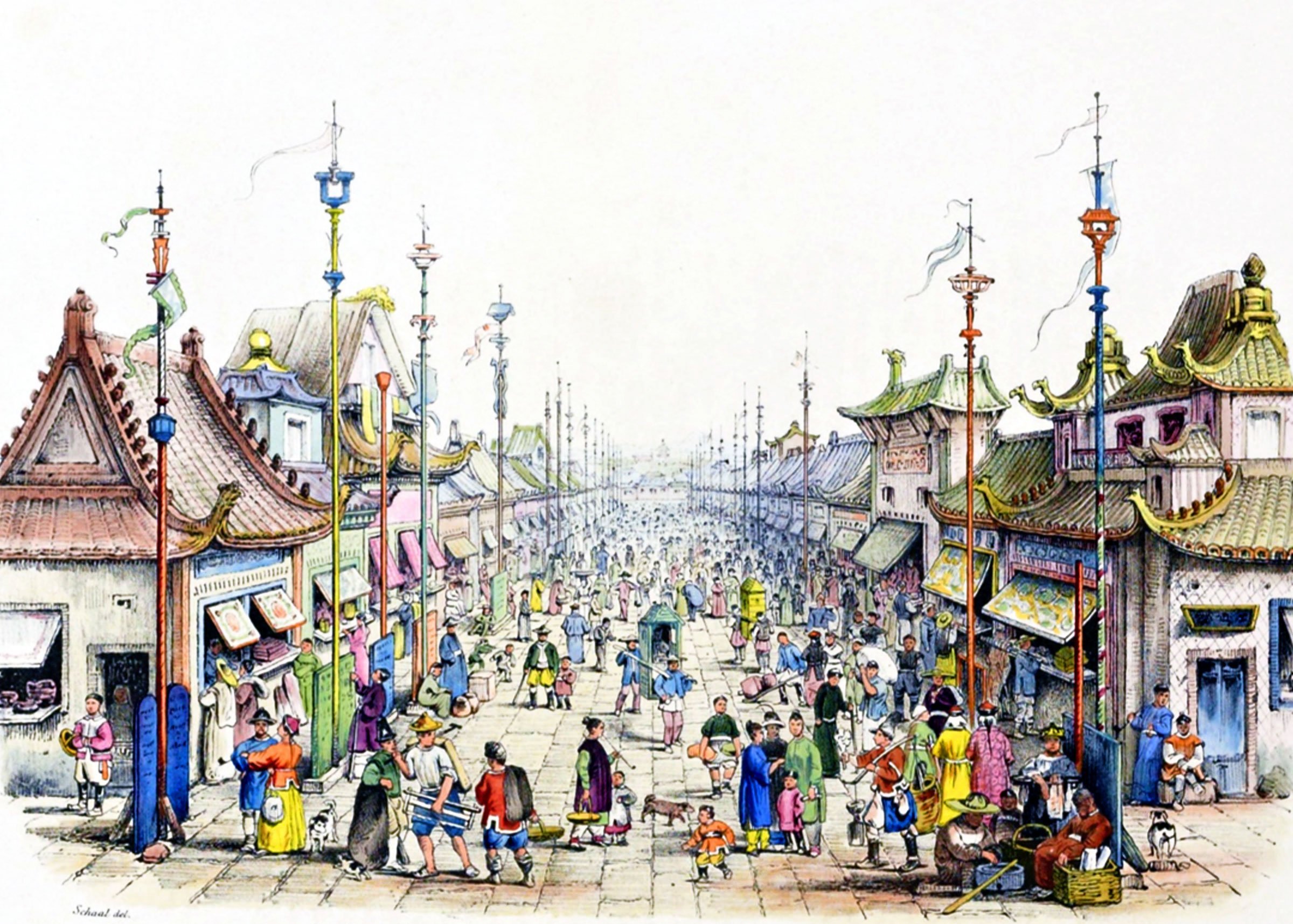
Ancient Changan, China
In 754 AD, there were 1,859 cities in Tang China. All of them served as seats of government administration and were closely overseen by the central government. At this time,the largest cities in China were the two capitals, Changan in the west, and Luoyang in the east. Changan with a population of 2,000,000 may have been the largest city in the world. Changan began serving as the main capital of the Tang dynasty in 618.

Ancient Chinese Crime and Punishment
During the Tang dynasty the very worst crimes were called the Ten Abominations. The Ten Abominations were divided into four major categories of crimes. The first category contained crimes against the emperor including threatening to carry out a rebellion. Doctor malpractice could also find its way into this category, especially if the doctor did not follow the proper formulas for the emperor's medicine. The next category was composed largely of crimes of treason. This category included switching allegiances, killing a superior, or betraying a city. After recapturing the capital city of Luoyang from An Lushan, the Tang executed 39 of 200 officials who chose to switch sides and fought against them. The third category was for crimes against the family. This category included murdering a family member, selling them into slavery, or failing to provide proper support for an elder family member.
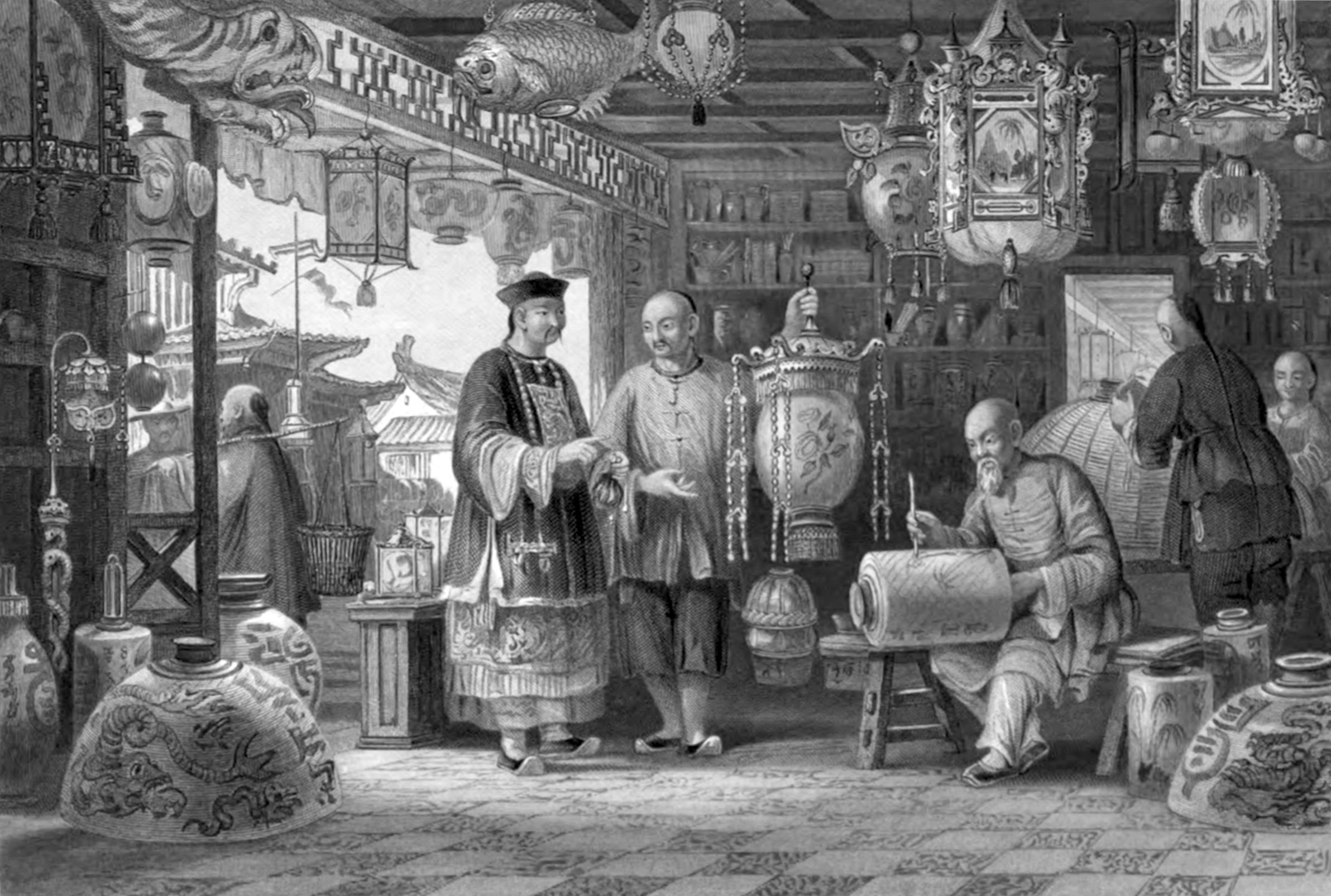
Ancient Chinese Markets
The greatest markets were found in the capital city of Changan. Changan had two enormous markets which were said to be almost 500 acres each in size. The markets were divided by streets into nine sectors. Each of the sectors was divided into lanes and each lane had an entrance sign that told what the specialty was on that particular lane. For example, one lane might sell meat, while another sold just produce or fish. In the center of the market was the office of the Market Commandant, and two additional agencies that were in charge of stabilizing the prices.
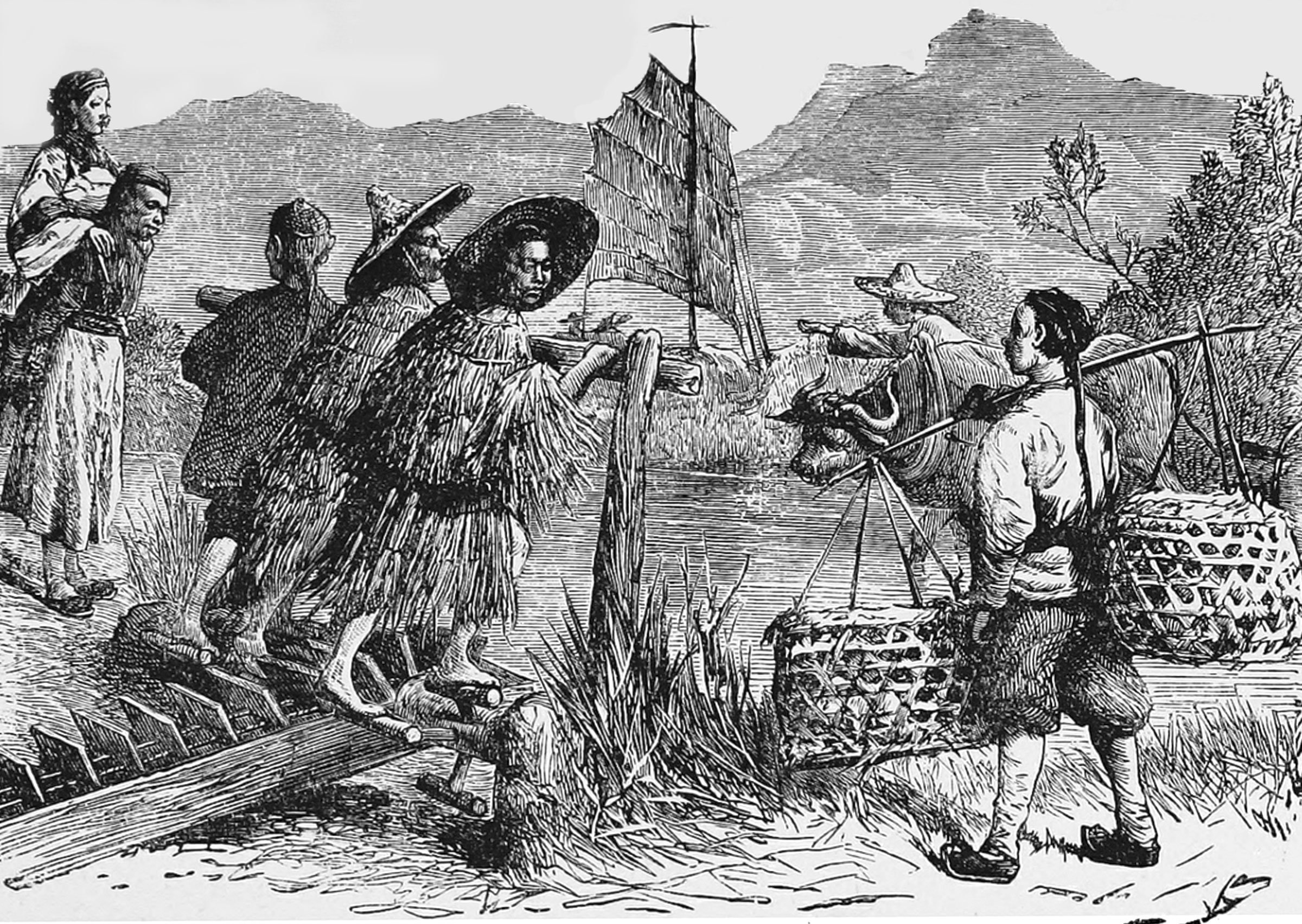
Chinese Inventions
Paper was probably invented in western China during the first century A.D. At first the Chinese wrote on silk, bamboo, and wood. Then, by the 4th century they were using mulberry bark, hemp, and other fibers. During the Tang dynasty paper became a large scale industry and was widely available. At this time, books were prepared in scrolls. Exactly when printing started is unclear. Historians tell us that seals were in use long before the Han dynasty. Printing was invented in China, and it started by obtaining images from carved wooden blocks. They also tell us that wooden block printed textile designs were in common use by the 6th century. By the 8th century printing was done using both metal and wooden blocks. However, for the next two centuries printing would remain crude.
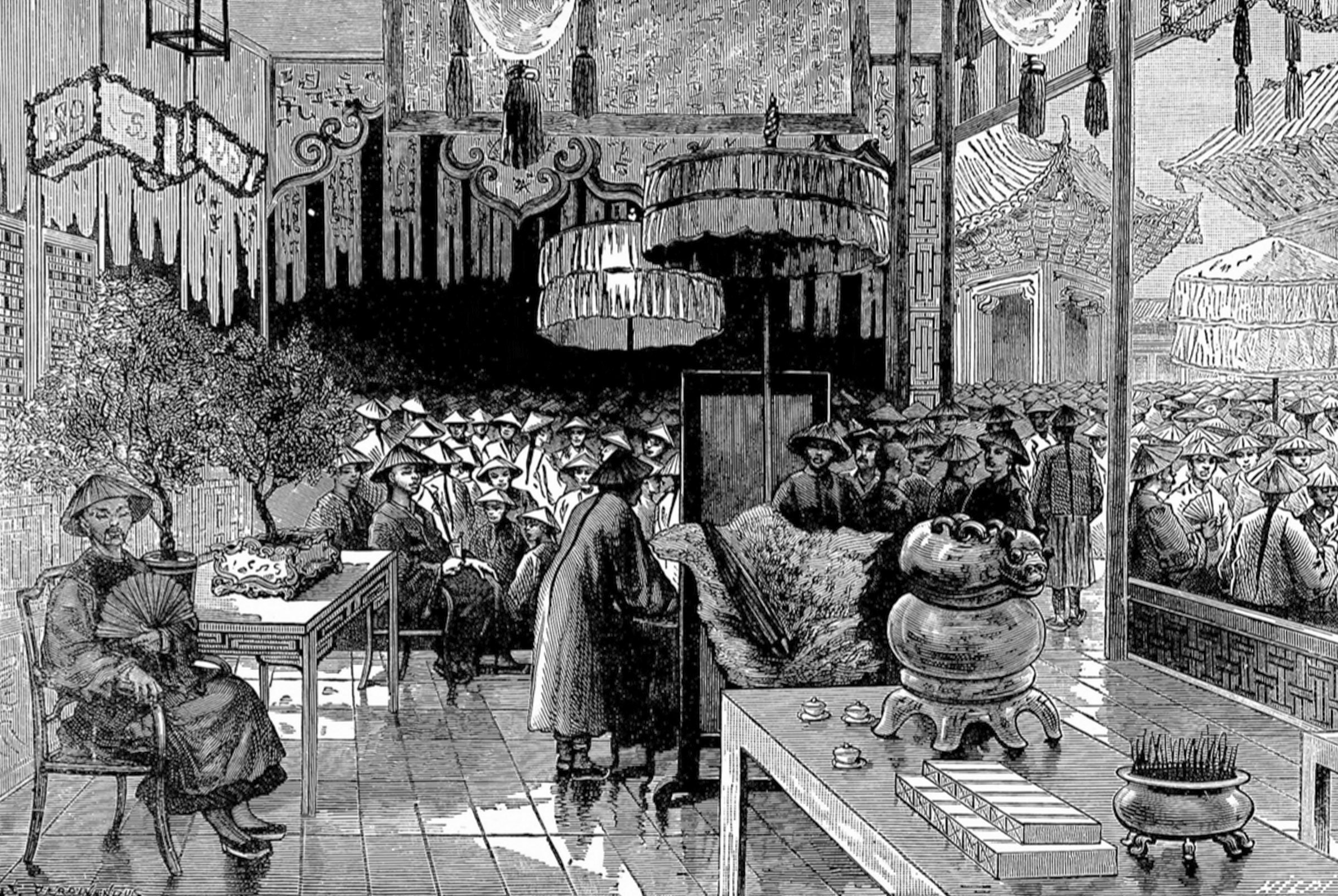
Confucius
Confucius was born in the Chinese state of Lu in 551 B.C. His parents were of noble background. He received a traditional education in etiquette, or how a person behaves in formal settings, and music. His father died when he was very young, and as a result he was raised by his mother. His primary ambition was to play an important role in public affairs, or serve as a trusted adviser to a ruler. Confucius married when he was 18 years old and worked his way up to become only a minor administrator. However, he would soon become dissolutioned and quit in 497 B.C. In his middle years, he traveled extensively in search of a ruler who would follow his guidance.
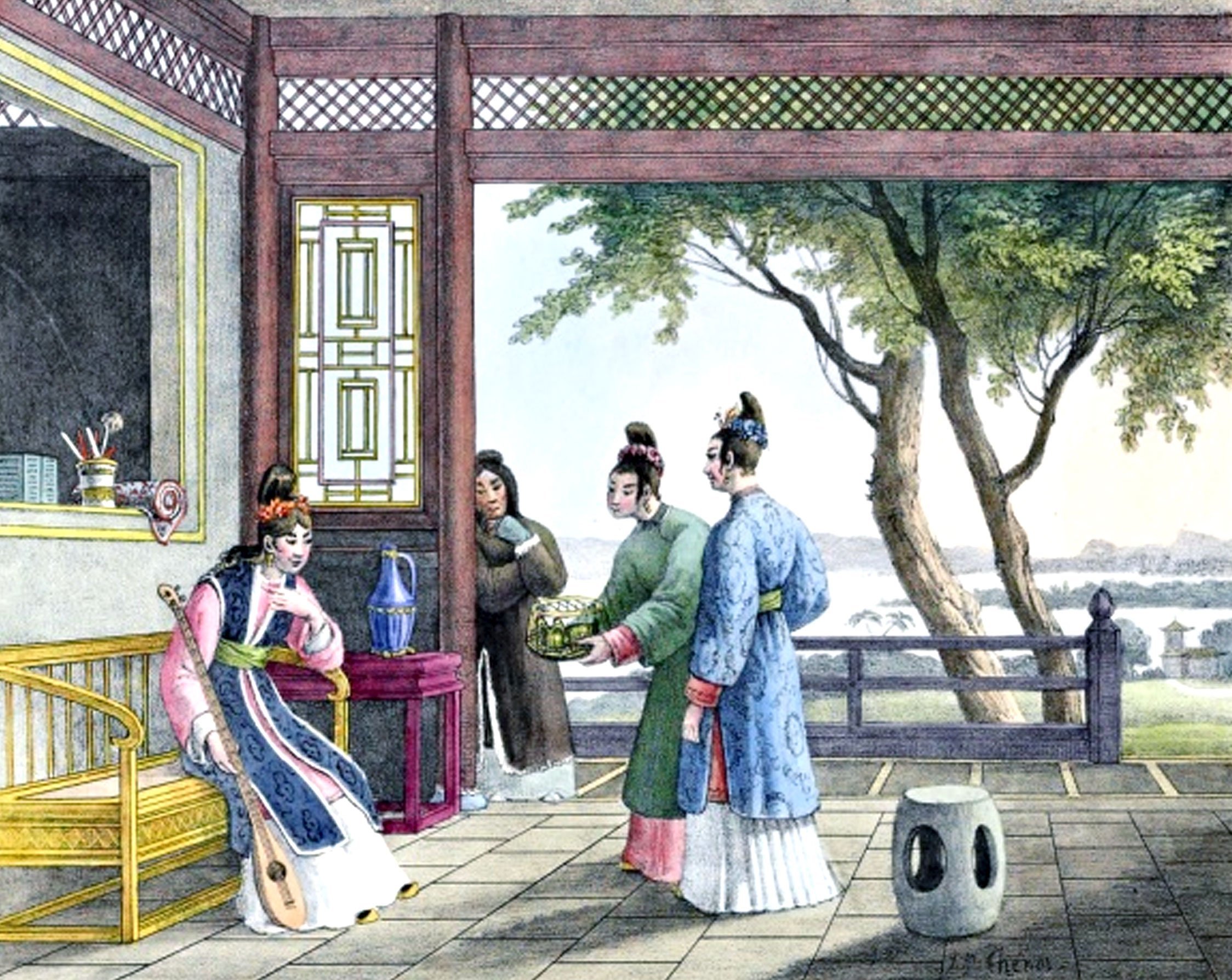
Empress Dowager Cixi
Under Ci Xi's leadership China was never very powerful militarily. During her reign Burma, Vietnam, and Korea all broke away from Chinese influence. Then in 1895, China was defeated in the Sino-Japanese War and forced to secede Taiwan to Japan. Ci Xi lost the war because she diverted enormous sums of money that was suppose to go towards the construction of a badly needed navy. Instead, she used the money to construct her new Summer Palace. Just three years later, China was forced to grant enormous land leases to Germany, Russia, Great Britain, and France. At this time, many believed that China was falling apart. As a result, the Empress Dowager Ci Xi instituted 100 Days of Reform which lasted from June 11 to September 20, 1898. At this time she barely survived an attempted coup.

Golden Age of China
The reign of Emperor Xuanzong is considered the most glorious period of the Tang dynasty. It began when he led a coup d'etat that overthrew Empress Wei, and would last for 44 years. When Xuanzong became emperor he found that the government had been looted by extensive corruption that had existed for decades. He immediately undertook cost cutting measures that included his own household staff. Xuanzong ordered his empress, consorts, and the women in his concubine not to wear or buy pearls, jade, embroidery, or brocades. He also stopped wealthy families from establishing Buddhist monasteries so that they could evade taxes. At the same time he ordered 30,000 monks to return to lay life(life outside of the church) and start paying taxes.

Han Dynasty
Shi Huangdi was the first emperor of the Qin Dynasty. He ruled from 220 to 210 B.C. Shi Huangdi unified China by conquering the Warring States in 221 B.C. Under his rule China greatly expanded its borders. Shi Huangdi instituted political and cultural reforms that included banning and burning books. He also executed the authors and scholars who he didn't like. Shi Huangdi started an enormous public roads project, and he united a series of wall fortification projects that eventually became the Great Wall of China. He would die in 210 B.C.
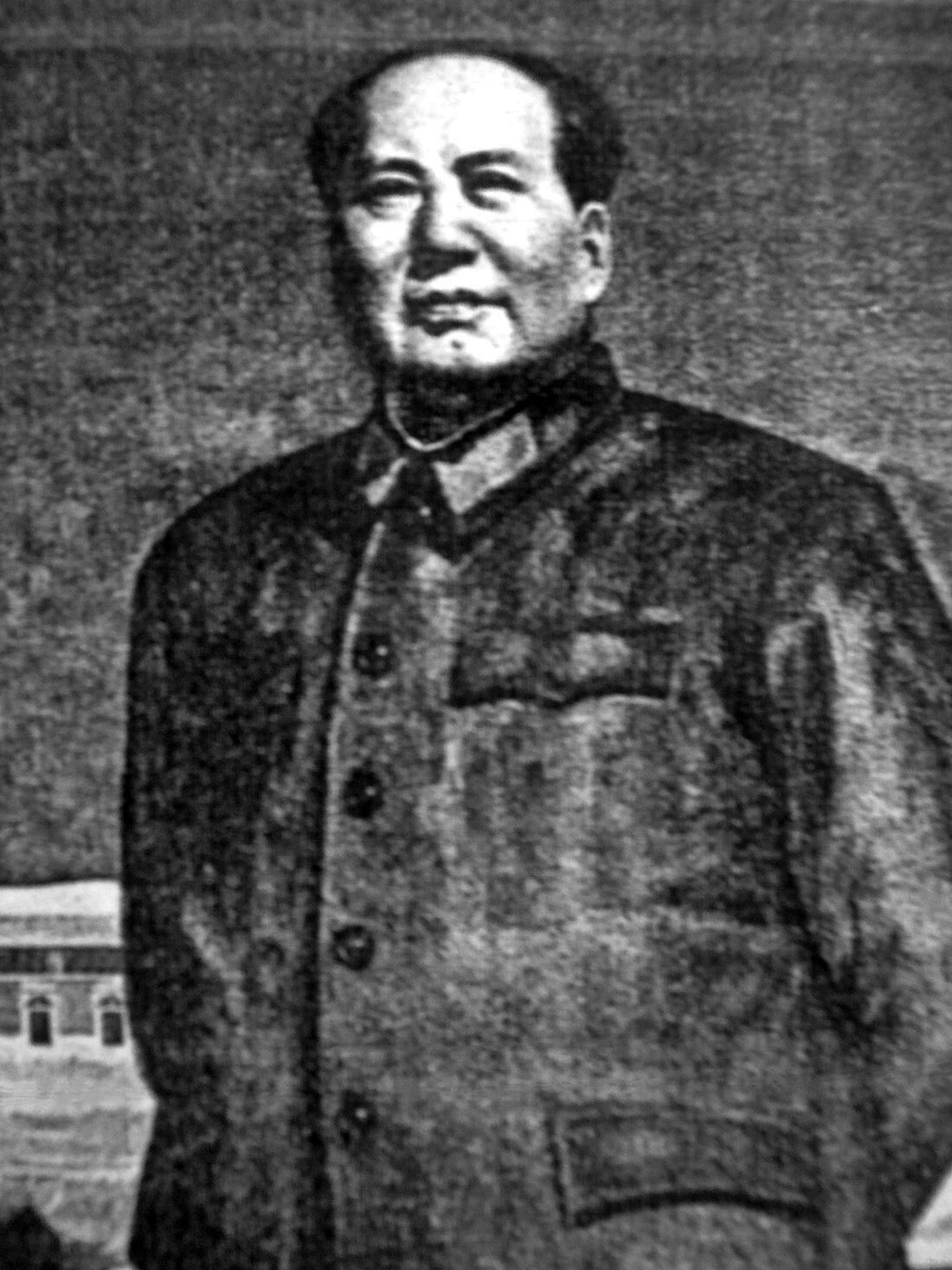
Mao Tse-Tung
Mao was born in Shaoshan village, Hunan, China, on December 26, 1893. His father, Mao Yichang, was a farmer and a very strict disciplinarian. He and Tse-tung barely tolerated each other. Yichang was also very hard on Mao's two brothers and his adopted sister. As a boy, Tse-tung attended Shaoshan schools where the values of Confucianism were taught. At this time, Tse-tung practiced Buddhism.

Mongol Ascendancy and the Ming
Temujin, was the son of a Mongolian tribal chief. When he was just a boy his father was slain and Temujin would be forced to flee for his life. He wandered for years before finally returning to the village to avenge his father's death. Then, as he grew he gradually ascended in the Mongol hierarchy. He was almost 40 years old (1206 AD), when he became their supreme leader, a man the world would soon know as Chinggis(Genghis) Khan. Shortly afterward, Chinngis united all of the tribes of the steppe, a large expanse of grassland in southeastern Europe.

Qin Dynasty and Shi Huangdi
Originally, the Qin were looked upon as semi-barbarian. At this time, they were known for raising horses. After the Zhou dynasty began to crumble, the Qin leaders made sweeping changes that helped them become one of China’s greatest dynasties. The first of these changes were instituted in 360 B.C., by the first of a series of powerful leaders, Lord Shang. Lord Shang ruled with an iron hand.
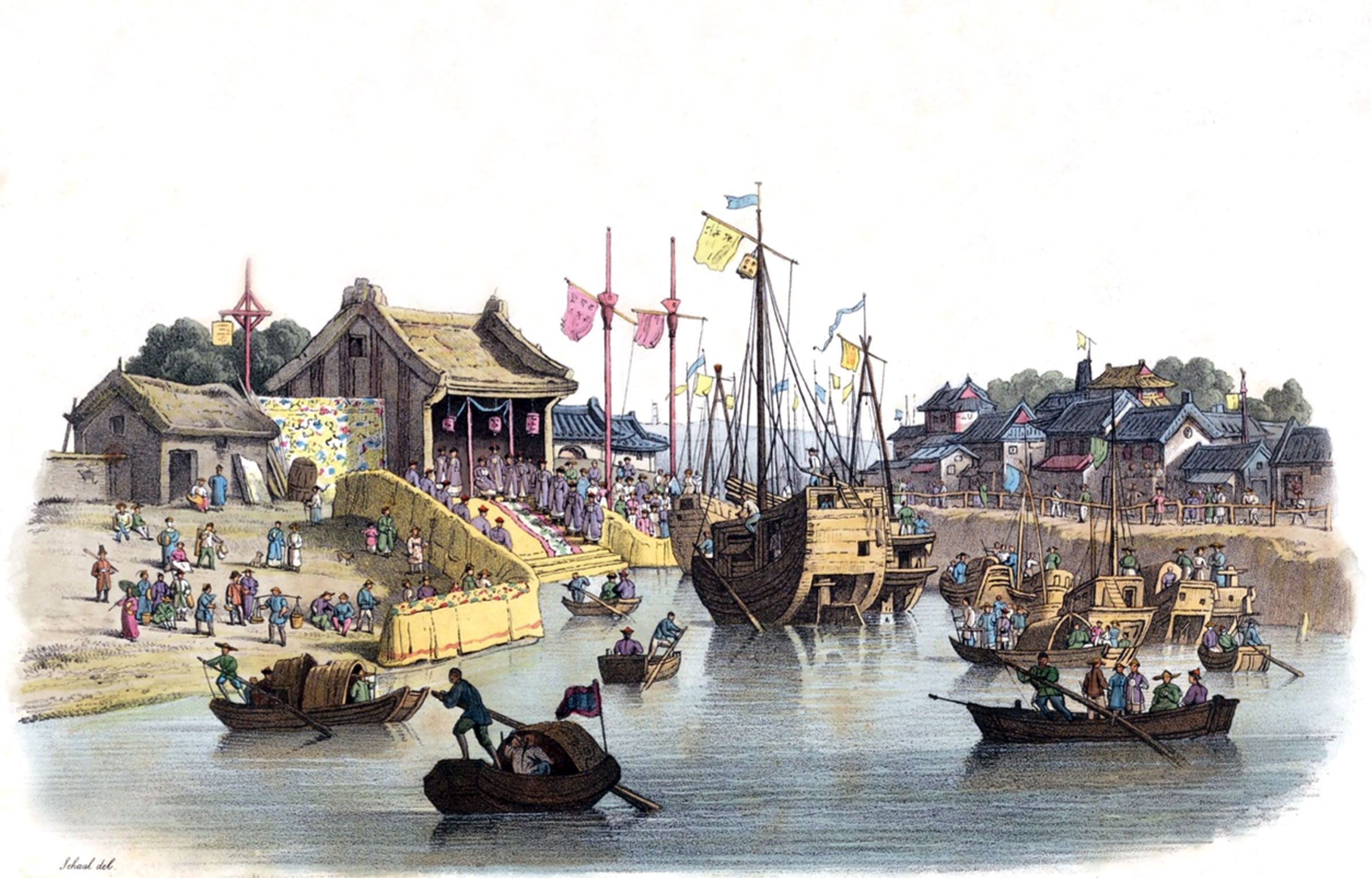
Shang Dynasty
Originally, it was believed that the Yangshao culture in the Huang He Valley (Yellow River Plain) was the original Neolithic Chinese culture. However, more recent discoveries throughout China tell us that several cultures evolved in China between the years 5000-3500 B.C. These first cultures settled near rivers so that they could grow rice, fruit, and vegetables. At the same time they relied on fish from the Yellow River as a steady source of food. Eventually, these first people would domesticate the dog and the pig. King's in this time period ruled through a system based on family name and kinship alliances.
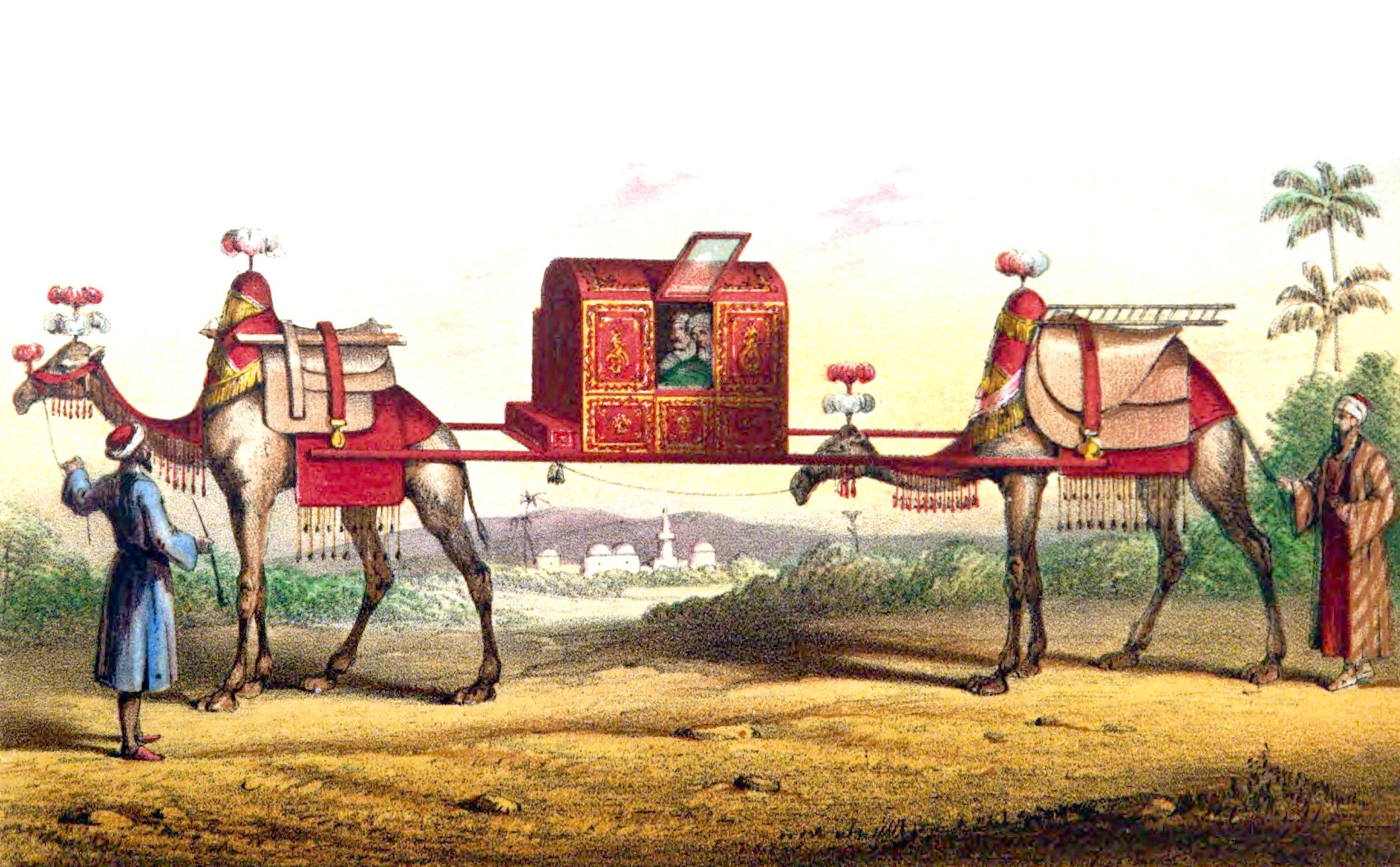
Silk Road
The empires of Rome and China developed during the second century B.C., with only vague knowledge of each other because a east to west land route did not exist. At the time, the Chinese called the Romans by the name of Ta Ts'in or Li Kun, while the Romans referred to China as Seres or “Kingdom of Silk.” At first, the Romans believed that silk was grown in trees. However, all of this would change during the Han Dynasty.
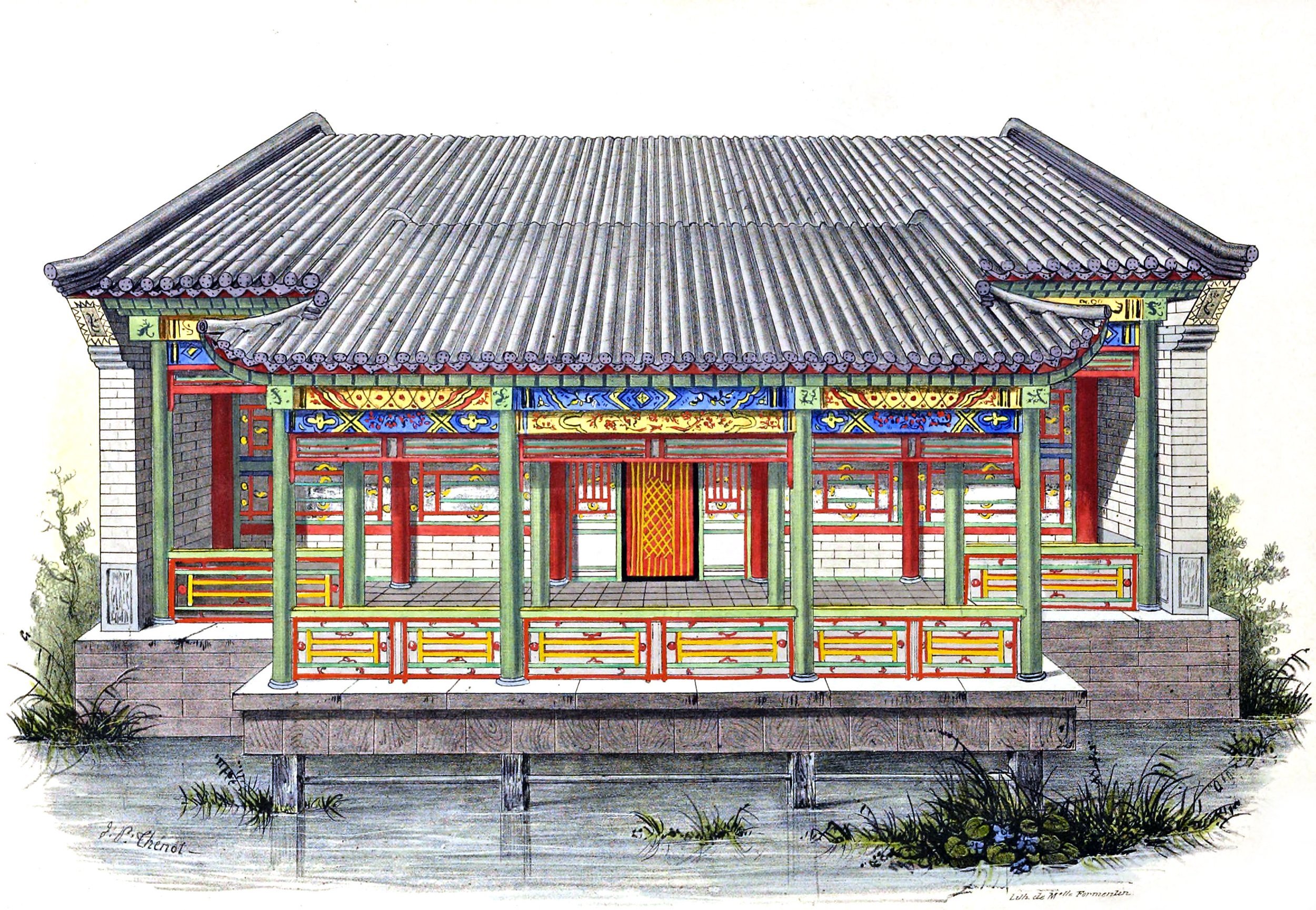
Sung Agriculture and Commerce
During the late 8th and 9th centuries China's economy experienced a long period of dramatic changes. Prior to this time, the vast amount of the Chinese population and wealth had existed on the great Hopei-Honan plain. However, the population was now shifting to the south into the Yangtze Valley. In the Yangtze Valley farmers found soil that was much more fertile, and as a result they began producing large surpluses. The surplus led to more trade, larger populations, a new merchant class, and the rise of new towns. However, by 830 AD, the Yangze Valley would suffer one natural disaster after another, including insect invasions, floods, and droughts.
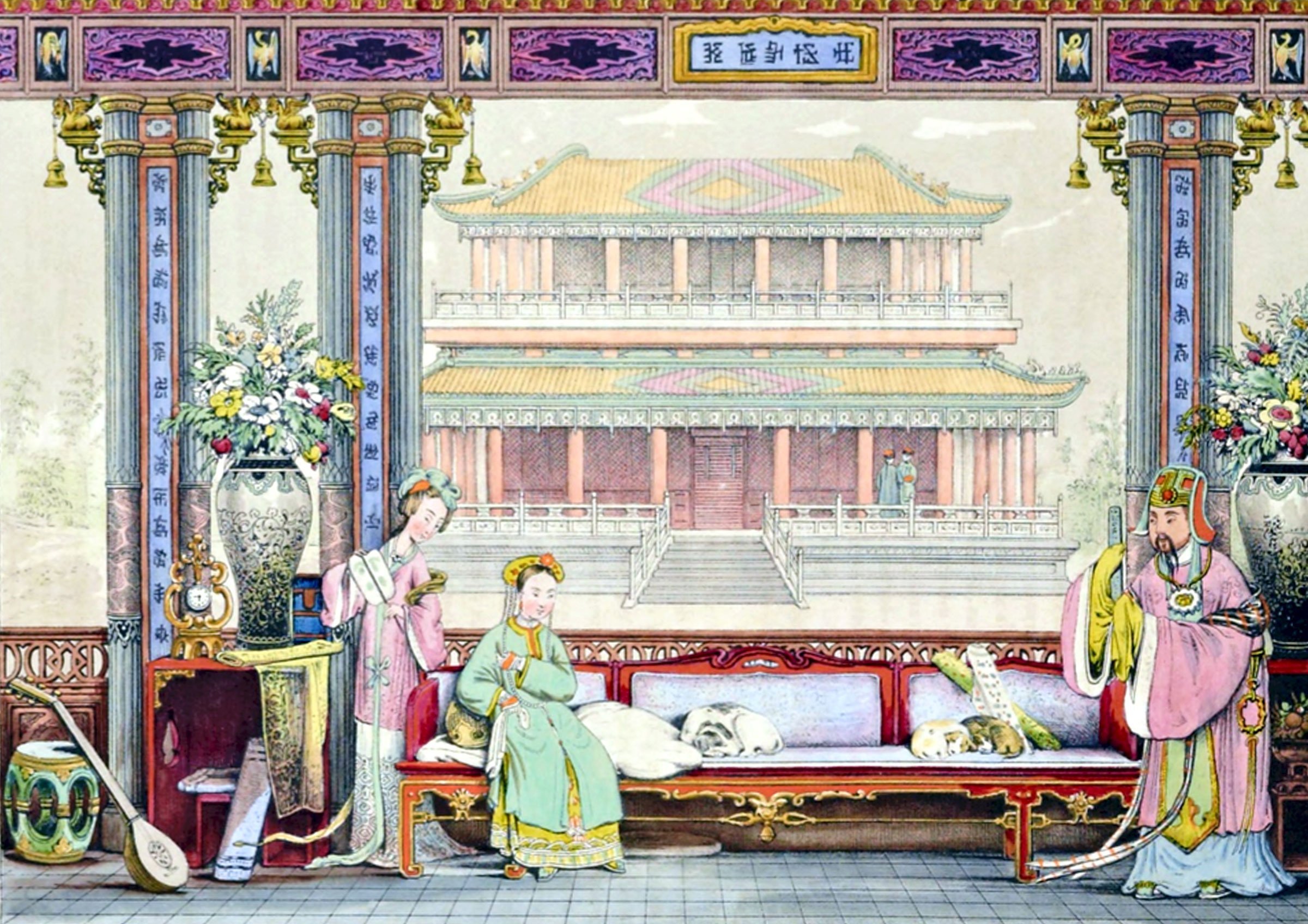
Tang Dynasty
Yang-ti (605 to 617 AD) reigned as the last Sui emperor. He undertook numerous public works projects that required tremendous manpower. In northern Shansi alone, he used more than 1 million men to repair and rebuild a long section of the Great Wall. Hundreds of thousands of Chinese laborers were forced to dredge canals, build lavish palaces, and construct roads. Then, with his people warn exhausted from the massive public works projects, Yang-ti launched three massive assaults against the Koguryo Kingdom of North Korea. The results were disastrous as the Chinese were met by strong resistance.
